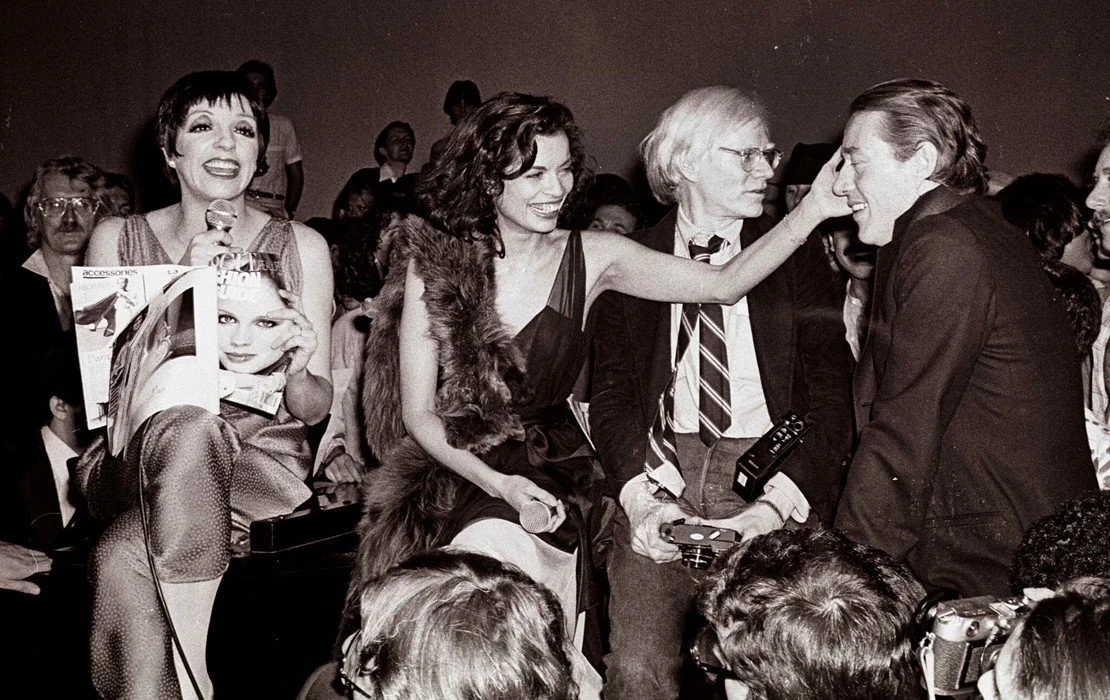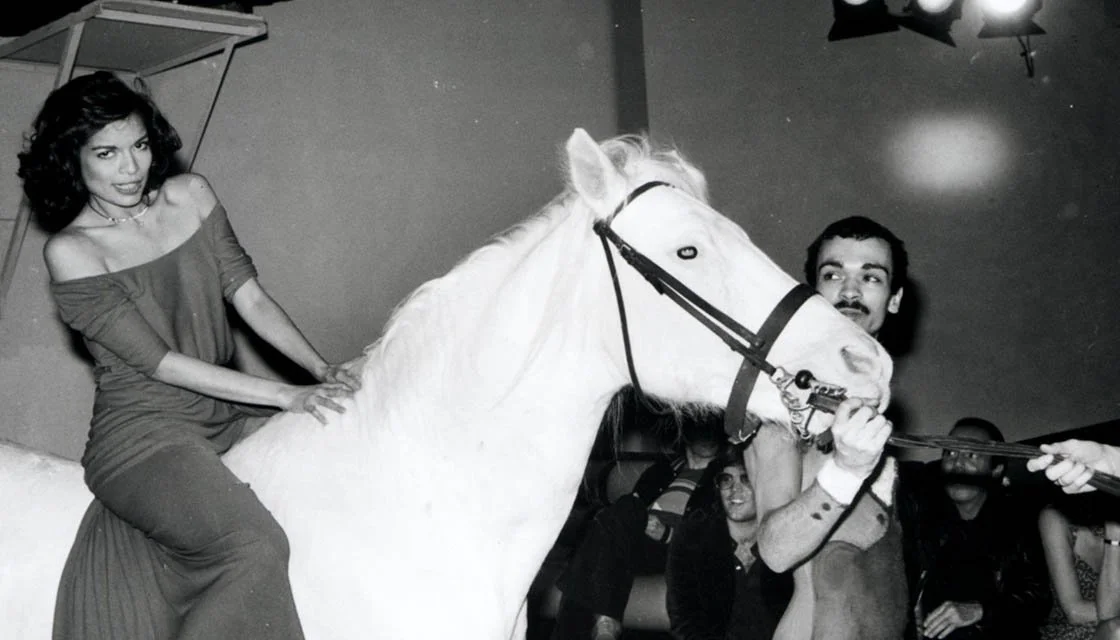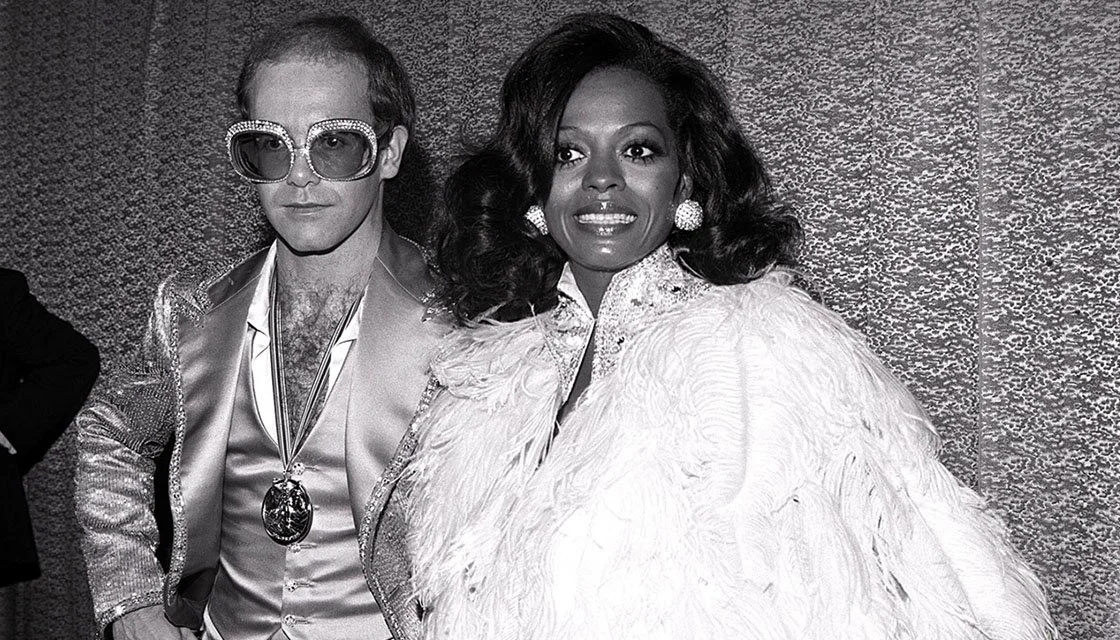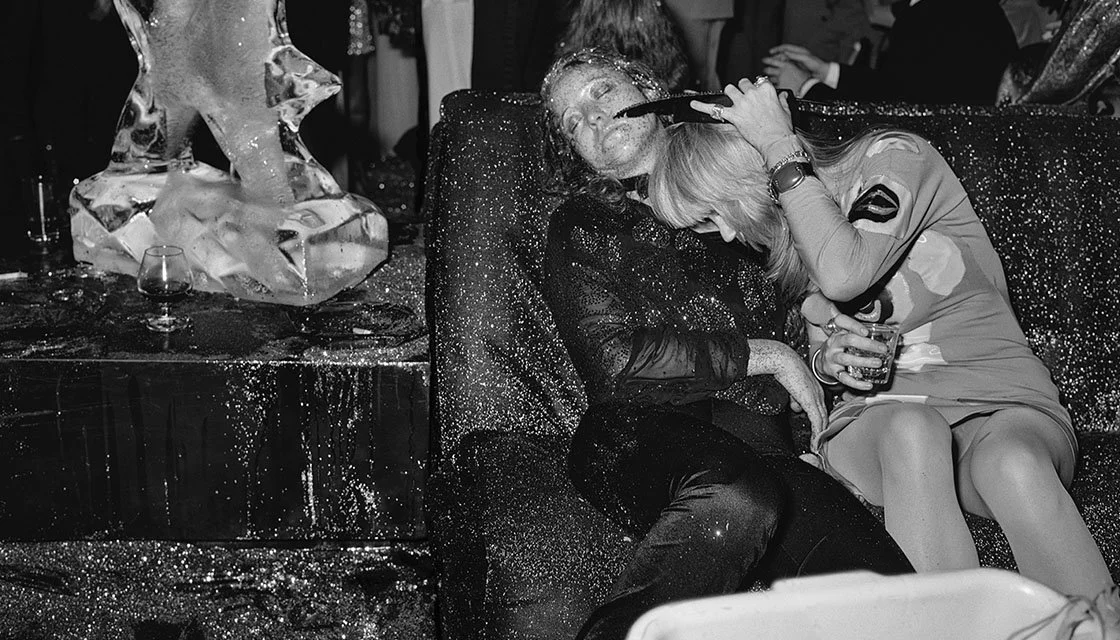Studio 54
In the late 1970s, New York City witnessed the rise of Studio 54, a place that became the ultimate hotspot of hedonism. This iconic venue redefined nightlife, leaving an indelible mark on fashion, culture, and the queer community. Situated in a space that was once just a regular CBS television studio, Studio 54's story is a narrative of extraordinary excess and unrestrained extravagance, capturing the essence of an era in a way no other place did.
Studio 54, 1979.
The allure of Studio 54 lay in its unique blend of the outrageous and the elegant, creating a space where celebrities and eccentrics could converge. Co-founders Ian Schrager and Steve Rubell transformed this ordinary venue into a nightly spectacle of glamour and liberation. Here, the vibe was electrifying, fueled by disco fever and an ethos of limitless possibilities. Andy Warhol once described the unique atmosphere of the club: "The key to the success of Studio 54 is that it’s a dictatorship at the door and a democracy on the dance floor."
Studio 54, 1979.
Studio 54's blend of inclusivity and exclusivity set it apart. Rubell's whimsical yet precise door policy was not about wealth or status; it focused on style, attitude, and the ability to add to the night's enchantment. This approach led to a diverse mix of individuals – from icons like Grace Jones and Andy Warhol to vibrant drag queens and members of the LGBTQ community.
Studio 54, 1979.
Fashion at Studio 54 was a bold statement of identity and rebellion. Patrons pushed the limits with their outfits, making each night a showcase of the era's most avant-garde fashion. The club became a canvas for self-expression and sartorial innovation, leaving a lasting impact on fashion trends.
A partygoer (name unknown)Photography Dustin Pittman
The club also played a vital role in empowering the queer community. As a sanctuary of acceptance, Studio 54 was a place where norms were challenged and identities celebrated, significantly contributing to the evolution of queer rights. Lorna Luft vividly summed up the club's extravagant spirit: "Studio 54 made Halloween in Hollywood look like a PTA meeting."
Studio 54, 1979.
Despite its influence, Studio 54's story is tinged with the inevitable downfall due to its excesses. The legal troubles of Rubell and Schrager led to the club's closure. Yet, its impact continued, setting a new standard for nightlife and becoming a cultural icon.
Studio 54, 1979.
Today, its influence is evident in the realms of art, music, and fashion. Studio 54 remains a symbol of a transformative era in New York's history, a testament to the power of creativity, inclusivity, and self-expression.






